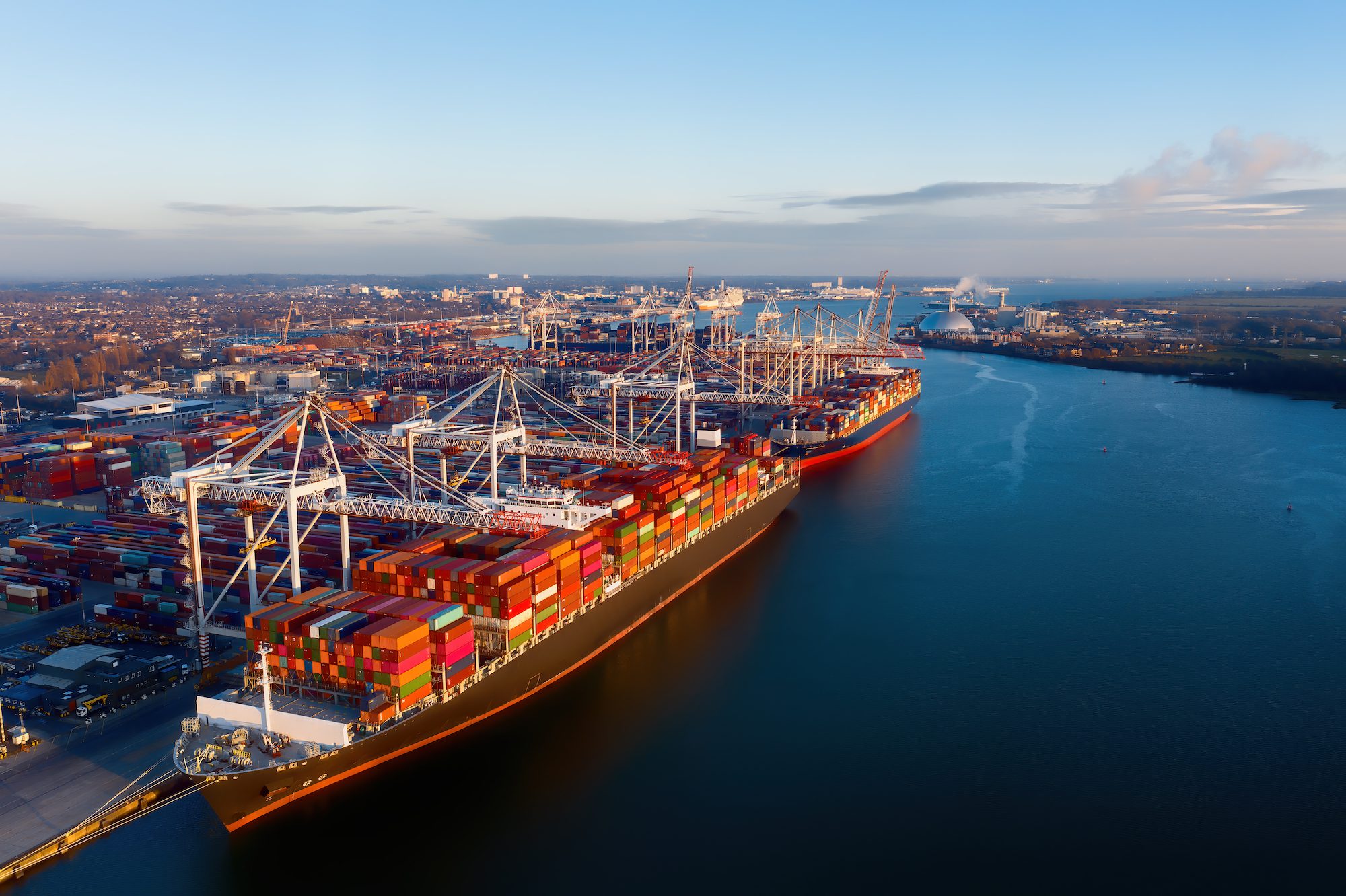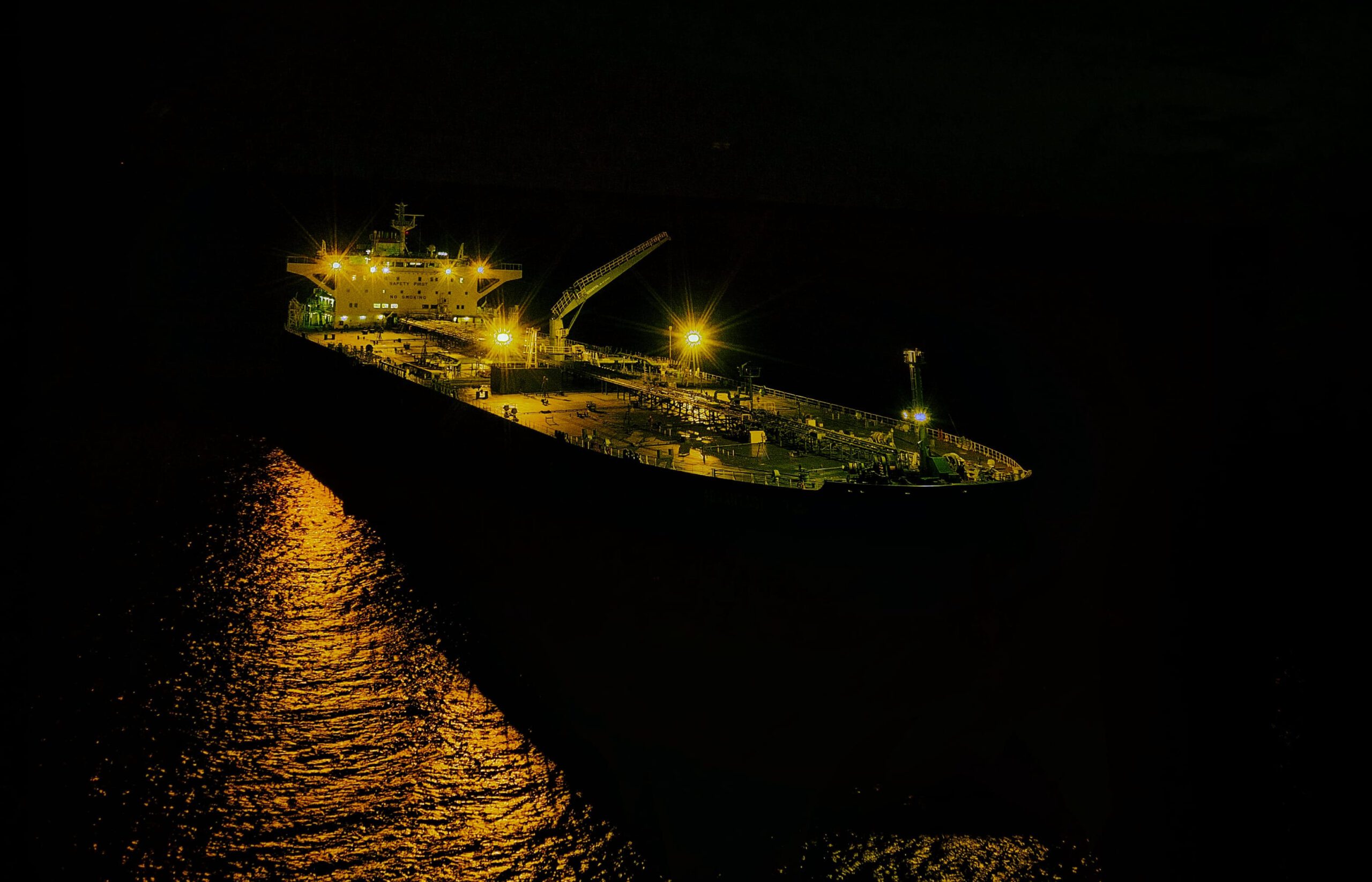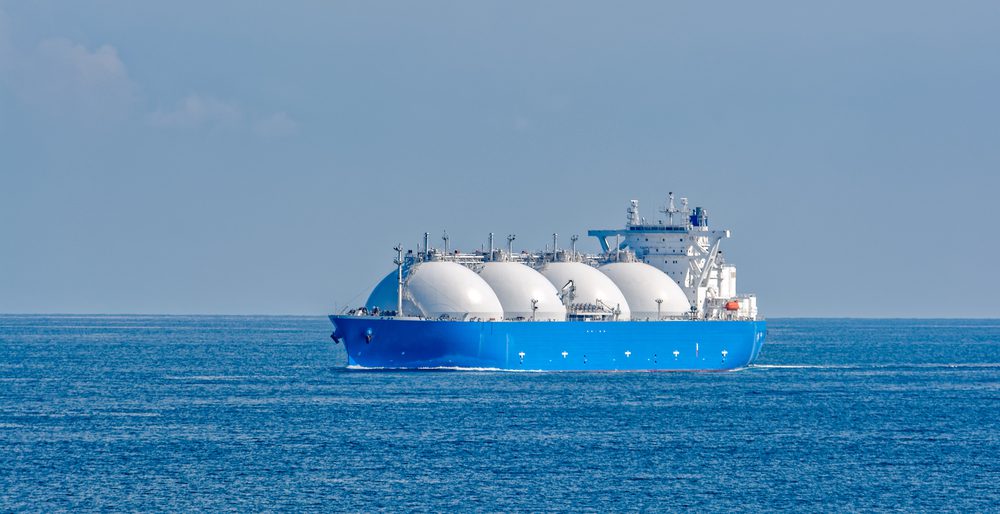The shipping industry will struggle to secure enough supply of carbon-neutral fuels to meet the new 2030 maritime emission targets, and therefore must consider all available options for reducing emissions, according to classification society DNV.
Increasing regulatory pressure to decarbonize, including stricter targets set by the International Maritime Organization (IMO) this past July, sets the shipping industry on a course for a 20% emissions reduction target by 2030 and net-zero emissions by or around 2050. Additional regulatory changes, such as the EU’s Emissions Trading Scheme and well-to-wake requirements, will further increase the cost of using carbon-based fuels for shipping and encourage shipowners to reduce their carbon output.
But meeting emissions targets won’t be so easy. The maritime sector will require 17 million tonnes of oil equivalent (Mtoe) annually by 2030, representing a staggering 30-40% of the projected worldwide carbon-neutral fuel supply, according to DNV. With tough competition for greener fuels from other sectors, shipowners must focus on energy efficiencies and carbon emission reductions beyond fuels alone.
In its Maritime Forecast to 2050 report, DNV suggests that the industry should consider all alternative approaches to reducing emissions, including air lubrication systems and wind-assisted propulsion, and technologies such as onboard carbon capture and storage and nuclear propulsion.
“The 2020s marks the decisive decade for shipping. Securing greener fuel supply is critical. However, focusing on fuels alone can distract us from making an impact this decade and ambitious future declarations are not good enough,” said Knut Ørbeck-Nilssen, CEO DNV Maritime. “What we need is tangibleactions that will reduce emissions. Energy efficiency measures can deliver decarbonization results nowand towards 2030.”
DNV’s report also finds that the fuel technology transition is already underway. Half of the ordered tonnage is capable of using liquefied natural gas (LNG), liquefied petroleum gas (LPG), or methanol in dual-fuel engines, compared to one third of the tonnage on order last year. Looking at the existing fleet, DNV reports that 6.5% of tonnage for ships currently in operation can operate on alternative fuels, up from 5.5% last year, with methanol, LPG, hydrogen, and ammonia all showing uptake or demonstration projects underway.
“Our latest report outlines several energy efficiency measures that can deliver decarbonization results now,” said Eirik Ovrum, Principal Consultant in DNV Maritime, and Lead Author of the Maritime Forecast. “It emphasizes the need for the maritime sector to adopt a holistic approach to ensure a strong evolution of regulations and technologies, as well as long-term security of fuel supply.”

 Join The Club
Join The Club











